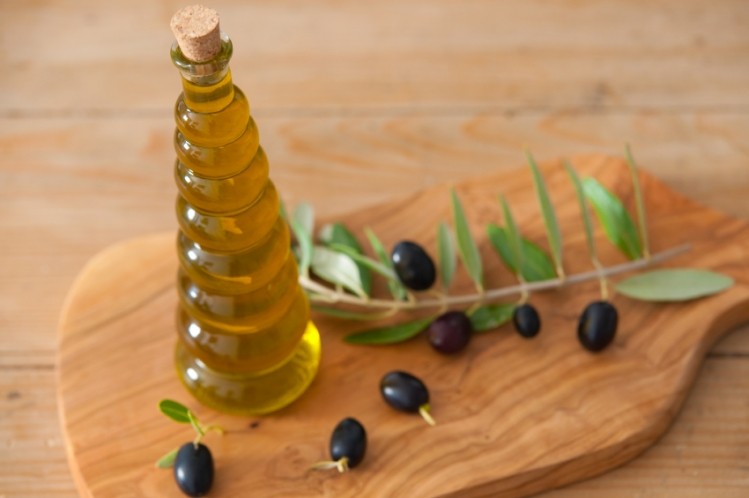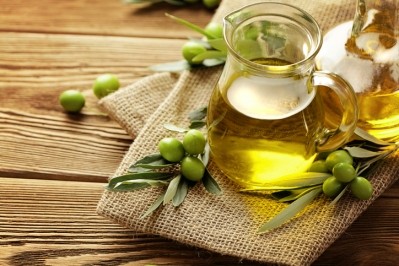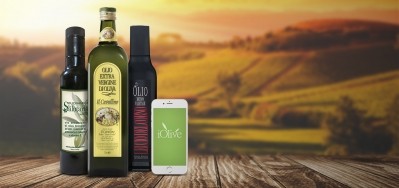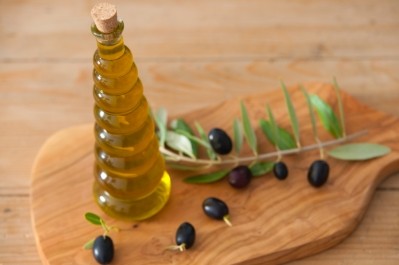Warning sounded on this year’s olive oil harvest

David Neuman, master panel olive oil taster and CEO of Gaea North America, said the 2015/16 harvest provided for stable pricing and good quality.
However, this year Italy has a number of factors working against it and California will have no growth in yield compared to last year.
Virgin olive oils seeking to carry the name “extra virgin”, a legal definition, must meet chemical and verified in a lab and sensory verified by a taste panel.
Troubles for Italy
The Italian harvest will have problems such as Olive Fly Infestation and "Xylella fastidiosa" bacterial disease attacking trees.
“These setbacks have caused an estimated 50% loss compared to previous years (leaving them with an estimated deficit of 340,000 metric tons) in turn, the lower yield will likely result in increase in prices for Italian oil,” said Neuman.
“90% of all California Olive Oil is SHD (super high density) production - "factory farmed," grown on vines for ease of wet farming (irrigated- using sparsely available California water), machine pruning and harvester machine picking. This type of farming yields a very different oil in both taste and nutritional benefit than "old world" handpicked dry farmed olive oil.”
Italy’s antitrust agency investigated some olive oil producers last year due to concerns about quality of products supposed to be the ‘extra virgin’ variety.
L’Autorità Garante della Concorrenza e del Mercato said tests appeared to show the characteristics of samples are below what is expected from extra virgin olive oil.
Coldiretti, an Italian organization of farmers, also found issues with three out of four oils in restaurants.
Greek and Spanish harvest
Harvest prospects are brighter in Greece and Spain.
Greece will be the third highest in estimated production volume (behind Italy and Spain) and will have a 50,000 metric ton surplus.
“Relatively speaking, Greece is experiencing about 30% drop from last year but since it doesn’t import olive oil like Italy has to, Greece will have a surplus to sell. 80% of Greece’s Extra Virgin ends up in Italy annually,” said Neuman.
“Spain is going to have increased production compared to last year, resulting in a surplus of extra oil.
“While Spain will have a good yield, much of it is used to stockpile for the next year in case of a shortage. This could mean aged oil for consumers.”
Neuman said Central Market stores, a division of HEB in Texas, took a ‘dramatic position’ with suppliers this year.
“[They] notified all of their olive oil brands that any product carried by Central Market requires a COA (certificate of authenticity) by a third party lab and tasting panel verifying that product meets the table claim and standards. A fresh annual sample from the new harvest was also required.
“Without providing these their items would be discontinued. I think more chains need to take on this type of aggressive management of standards.”
Spain produces 20% of Extra Virgin grade olive oil, Italy produces 50% and Greece is top with 80% of its production Extra Virgin grade.
Fraud and tampering (fake oil) has ebbs and flows in the minds of the media and consumers, said Neuman.
“Trade always seems to know this is a prevalent problem. But just as most buyers didn’t take issue with pseudo organic products being sold until the USDA launched the NOP [National Organic Program] in 2002, they lay low making any real change in the confusing olive oil category until they are forced to.
“We do see a more ambitious attempt by trade to make room for better quality Extra Virgin grade olive oils. This then allows for consumers seeking more legitimate choices to be able to access these brands without having to run to a more specialty type food retailer.”
Is my oil authentic?
Neuman said taste, smell, harvest or best before date and price were ways to tell authenticity.
“Rancidity doesn't show up in the aroma until it's fairly advanced, but you will taste it as soon as the oil is in your mouth. If you get an impression of crayons, wax, window putty, old linseed oil or oil paint, rancid walnuts or peanuts, that's rancidity,” he said.
“The olive oil should contain a fruity, grassy and sweet aroma or perhaps even ripe and tropical. If there isn’t a distinctive smell, it’s likely not extra virgin olive oil. If you are reminded of a gym locker, sweaty socks, stinky football pads, feet, cheese, crayons, old peanuts, or a compost heap that is too wet, that oil has not been made with fresh, healthy olives.
“We wish we could say, “Look at the colour” but sadly, just as they dye salmon and other food to be the colour you are told to look for, lesser quality olive oil is also dyed.”
Price typically is a solid indicator of quality and it should not come from a mix of different origins, said Neuman.
“The more the oil is, the better the quality but beware - a highly priced oil can sit on the shelves for years and be completely rancid - so also check for best before dates,” he said.
“If the price is so low and seems too good to be true, it probably is. I suggest buying 17oz bottles of single country production quality EVOO and expect to spend more than $10 per bottle.
“An ethical producer will do everything they can to get a quality product to you, but they lose control once the bottle is out there in the distribution chain. A good store will want you to return the bottle so they are aware of the issue and can improve their storage and handling practices.”

!['There are too many barriers for entry [into the food sector].' ©iStock/AndrePopov](/var/wrbm_gb_food_pharma/storage/images/_aliases/wrbm_medium/5/1/0/7/1167015-1-eng-GB/Little-chance-of-post-Brexit-food-fraud-frenzy.jpg)





















